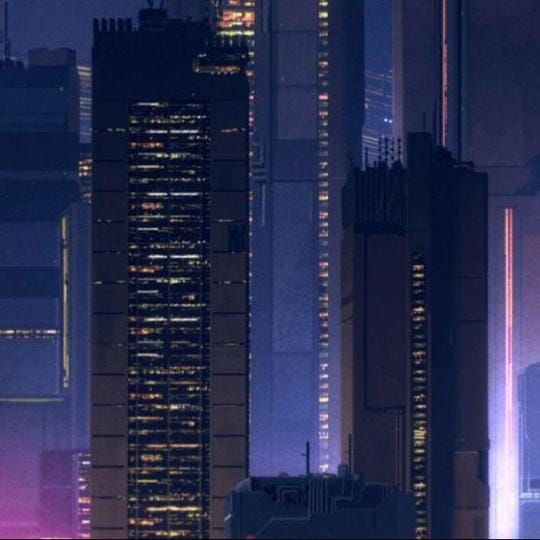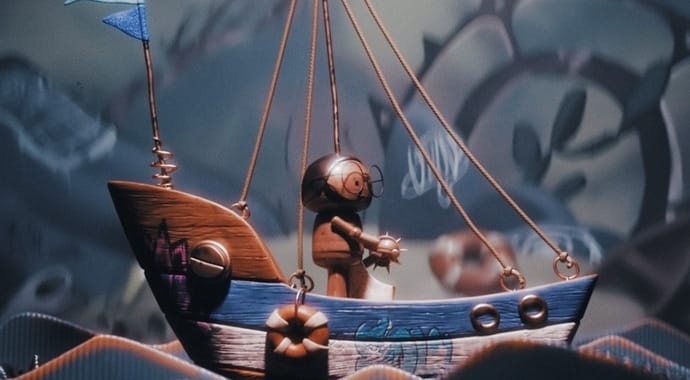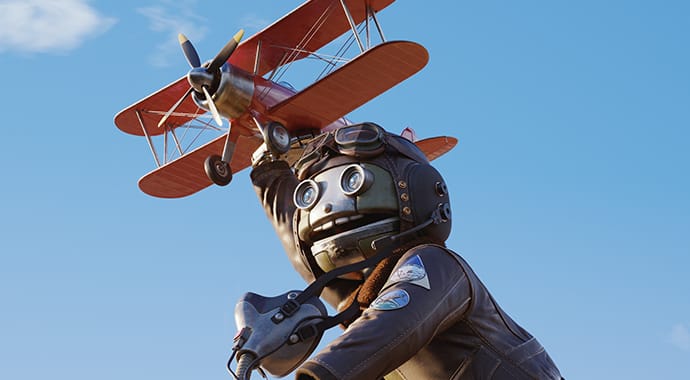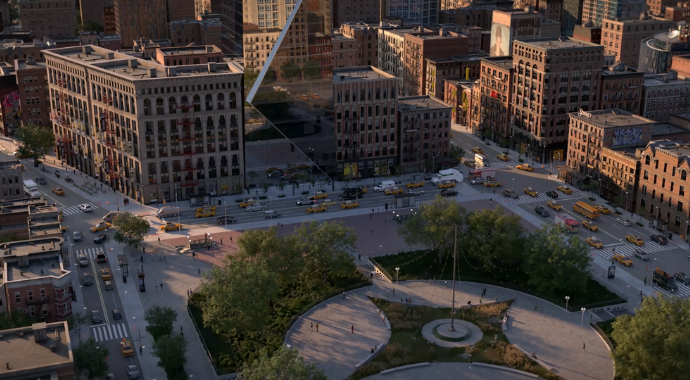It's "Showtime!" Maciej Kuciara's short film is a beloved and meticulous tribute to anime classics. Discover how V-Ray for 3ds Max helped him create it.
In just 90 seconds, "Showtime" establishes a world that feels like it could fit right in with the cyberpunk dystopias of Akira and Ghost in the Shell, while setting up an intense combat sequence between a cybernetically enhanced heroine and Jason Voorhees-esque mooks.
Behind this anime short is Maciej Kuciara. Originally from Poland, Maciej joined game developers People Can Fly and Crytek before crossing the Atlantic to work for Naughty Dog, the company behind The Last of Us. Then, he jumped to the big screen for an impressive array of movies, including Avengers: Endgame, Wonder Woman 1984 and, of course, the 2017 Ghost in the Shell remake.
We talk to Maciej about how he's developed “Showtime” — and how his custom V-Ray for 3ds Max shader helped him nail that distinctive manga look.
How has your experience in movies contributed to this project?
Maciej Kuciara: Working on a few major titles gave me good insight into how films are made, from pre-production to VFX. The most important thing I learned is that big productions mean a large number of people and less input on how things are going to develop. I enjoy projects where I have most say on how things will look because they allow me to excel at what I do best. And making your own projects, beyond just concepts and illustrations, is just that: Full control.
Could you tell us the story of "Showtime"?
MK: The idea behind "Showtime's" world developed from drawings I made a few years ago. I wanted to see if I could draw manga-style with my own interpretation over it. With time, some story ideas came to mind, and the world started taking shape, especially as everything I drew evolved around two main characters — let's call them 'bomber jacket girls.'
I can't say much about the story behind those two just yet; what makes the world they live in unique is that there are no real humans living on earth anymore — everyone is augmented. There are no governments or nations as the whole world is driven by imperfect artificial intelligence prone to corruption and manipulation.
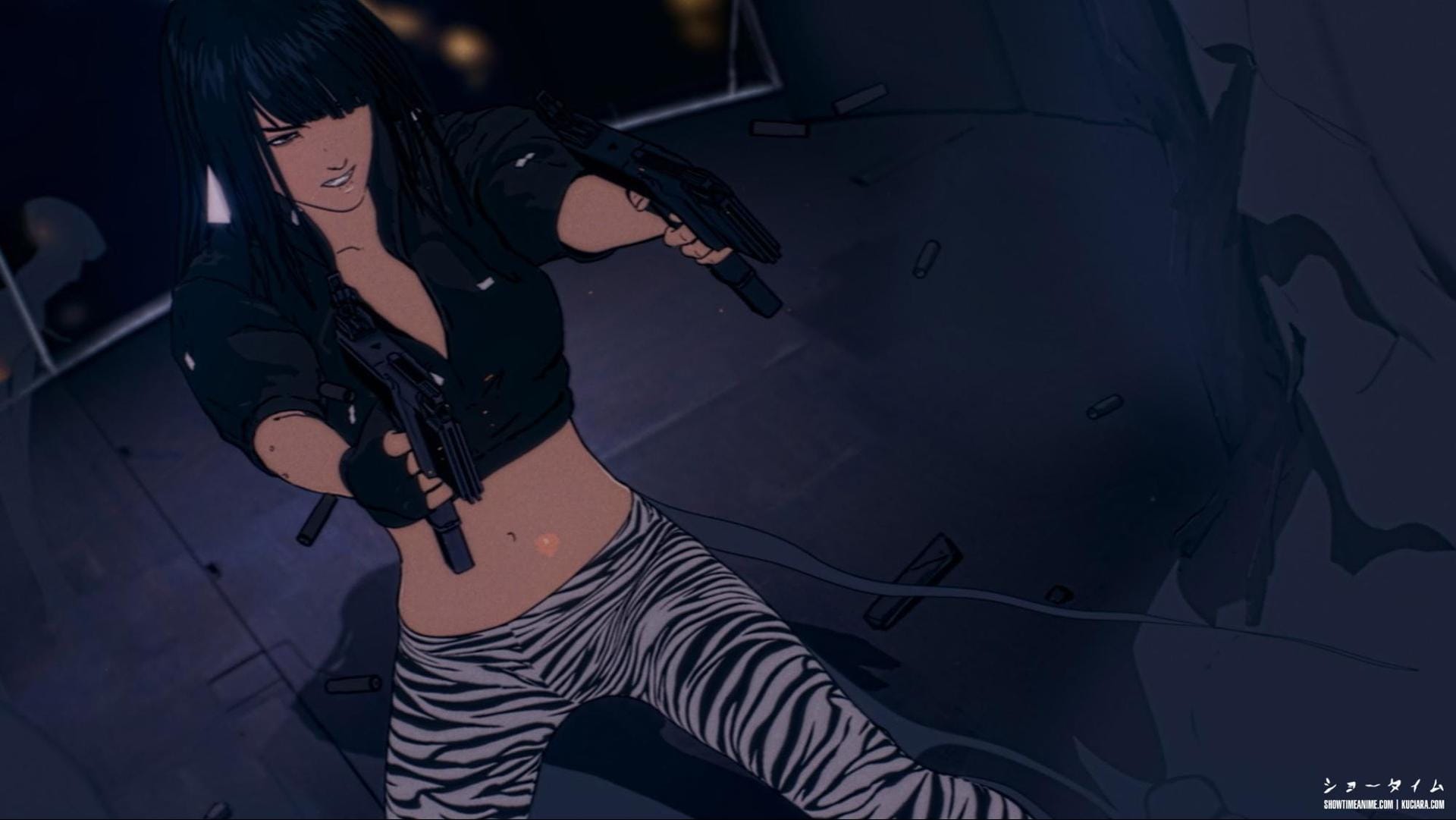
What influenced the project?
MK: I grew up on Otomo's work (Akira notably) as well as some of the most iconic animes of the late '80s and early '90s. I remember the experience of watching Ghost in the Shell for the first time and animation created by Mamoru Oshii and Production I.G. Later, a plethora of Miyazaki masterpieces made me fall in love with the craft of art, film and animation. "Showtime" started as an experiment to see if I can express that influence with my own voice.
How much of "Showtime" is 3D?
MK: It's hard to tell at this point. It's mostly 3D, mostly rendered with V-Ray for 3ds Max, with a lot of extra work done in After Effects, DaVinci Resolve, etc. I can't even count how many different programs I used anymore!
There is no other rendering engine [than V-Ray] that has the amount of flexibility to create the results I've achieved."
Maciej Kuciara, Director, Showtime
Could you explain how you created the V-Ray for 3ds Max anime shader for this project?
MK: My secret sauce anime shader. . . Unfortunately, it will remain secret for now as I plan to develop it further with current and future projects. What I can tell is that there is no other rendering engine that has the amount of flexibility to create the results I've achieved.
Were there any particular challenges V-Ray helped solve?
MK: I tried different rendering engines, including those that offer "toon shading." Some of them got me close to the results I wanted, but they didn't offer enough flexibility to adjust and change anything beyond what was available in default settings.
The V-Ray and 3ds Max combo was just perfect for that. I think if I chose to work with another render engine to achieve the exact same results, I would probably need a significant amount of extra time to either R&D or split results into unnecessary render passes and compositing. The shader nodes I was able to set up with V-Ray gave me almost an out-of-the-box solution and baseline for most shots.
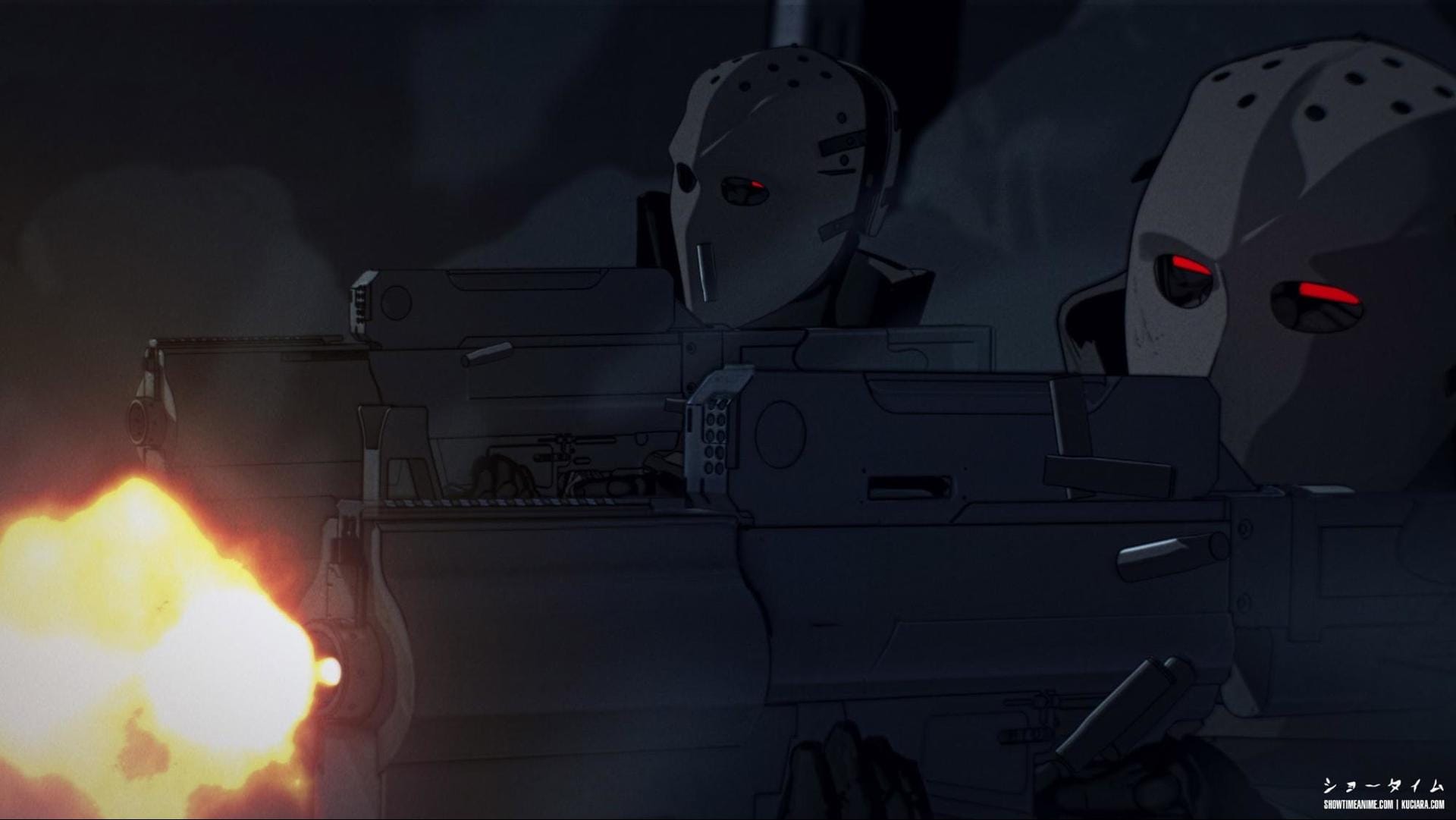
Like the best anime, every frame feels like it's been painstakingly hand-crafted. Was this the case, or could you just let the software do its thing?
MK: Everything almost pixel peeped. Software only gets you to a certain point and provides you with elements you build in it, but the final result is entirely in your hands - the way you set up shots, light them, edit, etc. There are shots in the short that the render would get me 95% there and others where I had to make my own rules and workflows and do a lot of frame-by-frame adjusting. I'm not a 2D animator by craft, so relying on 3D was my only realistic option, but I still had to fall back into compositing to achieve the desired frame-by-frame quality. I really wanted to make every single frame wallpaper-worthy.
The animation has that slightly uneven and jerky nature — how did you achieve this?
MK: Magic! No, but honestly, I looked at anime I love under microscope to find everything that makes it special and tried to mimic it through camera movement, rendering, compositing, overpainting etc.
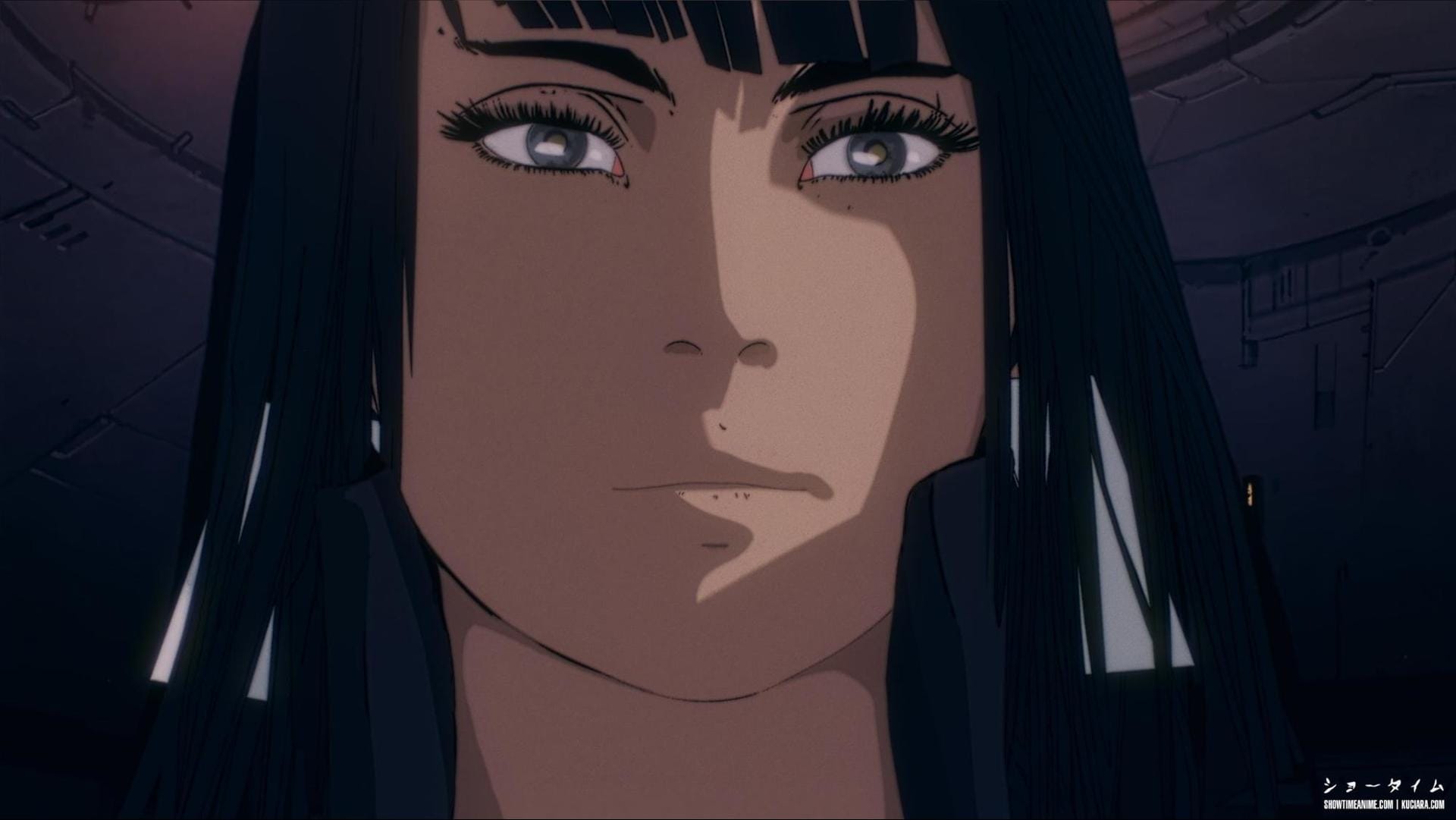
I love that you even added a slight film grain.
MK: I love photography, and I'm fascinated by filmmaking technology. Once you dive into that world, you start to understand what makes film and animation look a certain way. Without film grain, things always end up looking too sterile and artificial, something that is incredibly difficult to achieve in-camera without using expensive cameras that have incredible low light sensors. All my favorite animations and films are from when I was young, and perhaps because of that, I value older movies that were done on actual film more than films shot with digital cameras.
What did Ash Thorp contribute to the project?
MK: I think without his help, Showtime wouldn't be what it is. I've known Ash for almost a decade now as one of my closest friends and I always admired the amount of amazing work he has created over time. He's truly inspiring.
Ash had a heavy influence on what the edit ended up being, helped to bring base plates to final mattes in all city shots, designed the elevator font, the list goes on . . .
Project 2501: A Homage to “Ghost in the Shell”
Ash Thorp is no stranger to anime paeans: he made his own paean to Ghost in the Shell back in 2016, before getting to work as a graphic designer for the 2017 remake. Check out our interview to find out more about the project and how it was made.
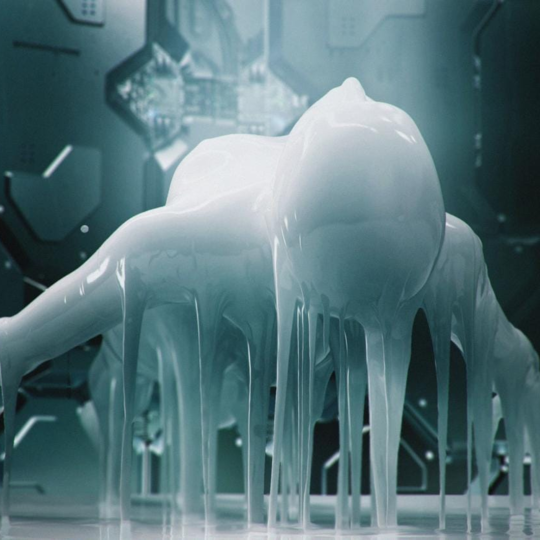
But the biggest part he had was his relentlessness in pushing me to finish the film and not allowing myself to cut any corners. Making short films by yourself (or even with a small team) is an incredibly stressful and difficult task — especially if your goal is to make it special. I could name at least a few times where I wanted to drop it all, so it was nice to have the voice of someone who went through it all numerous times to say it will only get worse — but it will be worth it.
So in a sense, he helped me find my limit, break it and realize that most satisfying achievements go hand in hand with the most difficult sacrifices.
What's next for you and Showtime?
MK: I have a few ideas, but I think it's too early to talk about any of it. I'm definitely mid-stop to smell the roses, but I know there is another horizon ahead. Time will tell :)




